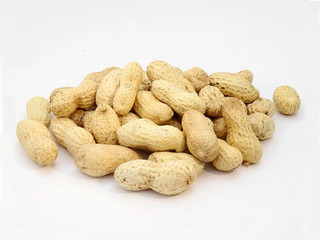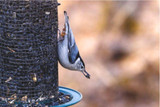How to Identify Wild Bird Body Language on National Body Language Day

Wild Bird Body Language
Wild bird body language. It is National Body Language Day on the 5th October and we wanted to put it to good use, by helping you to identify the more common behaviours of some of our favourite UK wild birds! Below, we take a look at some wild bird body language FAQs and aim to demystify the world of bird behaviour. This will help you to understand your subjects a little better, when out birdwatching. Write these down in a little book and take them with you, so you’ll never have to wonder what the wild birds are trying to communicate.Why do wild birds click their beaks?
You may have been out birdwatching in your local nature reserve or even out in the great British outdoors when you heard a strange clicking sound coming from the trees. A bird visibly clicking its beak in short chattering motions is usually common when the bird is feeling threatened. This could be when there is a predator nearby, such as a cat, or even when another bird has entered its territory. This can also be accompanied with a slight raising of the foot, in order to intimidate the intruder and scare them away.Why do wild birds puff up their feathers?
If you spot a wild bird sitting quietly, feathers puffed up, it signifies that the bird is relaxed and sometimes even sleeping! This is seen often, especially amongst pigeons in more urban areas. The birds will puff up their feathers in order to keep themselves warm in colder weather and keep them snug and comfy whilst they take a rest.
Why do birds bob their heads up and down?
When it comes to the bobbing of the head, whether it is up and down whilst stationary, or back and forth when walking, it is always linked with the bird's vision. When birds bob their heads up and down, they are trying to assess distance or gain better focus on a subject. Front and back also increase their field of vision. As birds only have monocular vision, this helps them to see much clearer and their brains to correctly process things like distance and 3D shapes.What is “display” behaviour?
Display behaviour, sometimes known as “courtship behaviour”, occurs most commonly during mating season. Each breed of bird may have a slightly different type of behaviour than others when it comes to breeding behaviour, so it’s hard to give a one size fits all definition. However, some of the most common ways in which birds find a mate are through:- Singing
- Dives
- Wing flaps
- Head nods
- Unusual step pattern
How to catch a glimpse of bird behaviours
National Body Language Day is all about recognising and understanding the body language of not just humans, but animals and mammals alike. If you’re looking to catch a glimpse of this behaviour for yourself, then here are a few tips:- Make sure you have delicious wild bird food in your garden or outdoor space - our peanuts for birds are a particular favourite of the UK wild bird population!
- Invest in a great quality bird feeder that offers plenty of space for birds to show off their moves - our Ringpull click seed feeder is great for this, as it is large and has a handy dish around the bottom for birds to perch on.
- Another great way of catching a glimpse of the breeding behaviours of wild birds is to ensure you have a nest box on hand, to attract mating birds to your garden - we have a huge selection of nest boxes for wild birds, so you are bound to find one that fits your space perfectly.
Explore Popular Articles
-
Should You Feed Birds Every Day? A Complete Guide on Feeding Birds
15th Dec 2025At Kennedy Wild Bird Food, we believe that understanding how to care for garden birds is as importan
-
Top 11 Yellow Birds in Britain and the UK to Attract in Your Garden
15th Dec 2025Yellow birds bring a splash of colour and cheer to any garden. Observing these birds can be both rel
-
How Sunflower Seeds Can Improve Your Bird's Health
14th Jun 2024Birds are quite attracted towards sunflower seeds, but have you ever wondered about sunflower seeds'














